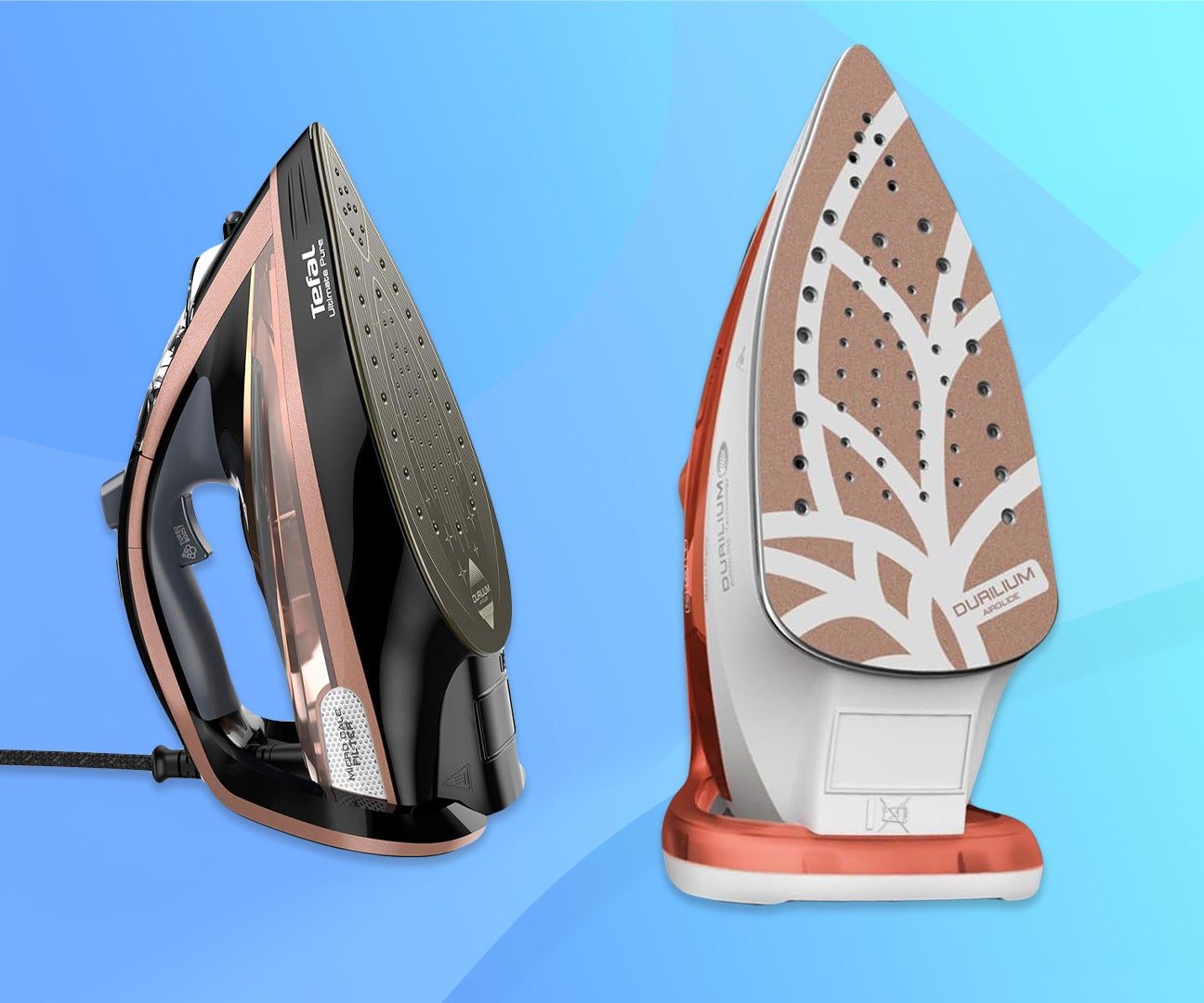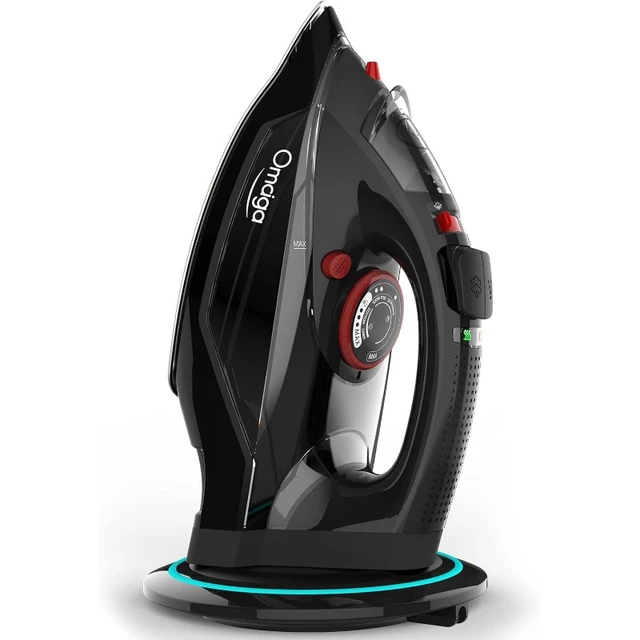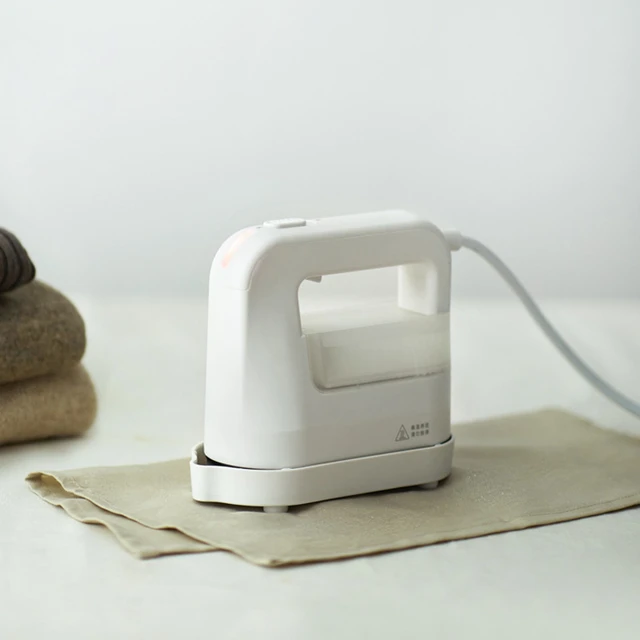Understanding Iron Stains
What Are Iron Stains?
Iron stains on clothes can be one of the most frustrating laundry challenges. These unsightly marks usually appear as brown or rust-colored spots on fabrics. Understanding what iron stains are and why they occur is crucial for effective prevention and treatment. Iron stains primarily occur when fabrics come into contact with iron particles or rust. These particles often oxidize upon exposure to air and water, leading to stubborn stains. Several factors contribute to the formation of iron stains, including hard water, rusty pipes, and even certain detergents.
Hard water, which contains high concentrations of dissolved minerals like iron, is a common culprit. When clothes are washed in hard water, iron particles can settle into the fabric, especially when heated during ironing. Rusty ironing boards and irons can also transfer iron particles to clothing. Even seemingly clean water sources can have iron contaminants due to corrosion in metal pipes. Additionally, some laundry detergents may contain bleaching agents and other chemicals that can react with iron particles, causing them to oxidize and form stains.
Understanding the mechanisms behind iron stains allows for a more targeted approach to both prevention and removal. Knowing the root causes helps in identifying potential sources of contamination and addressing them effectively. Furthermore, understanding the oxidation process can aid in selecting appropriate cleaning agents that can neutralize iron particles before they form permanent stains.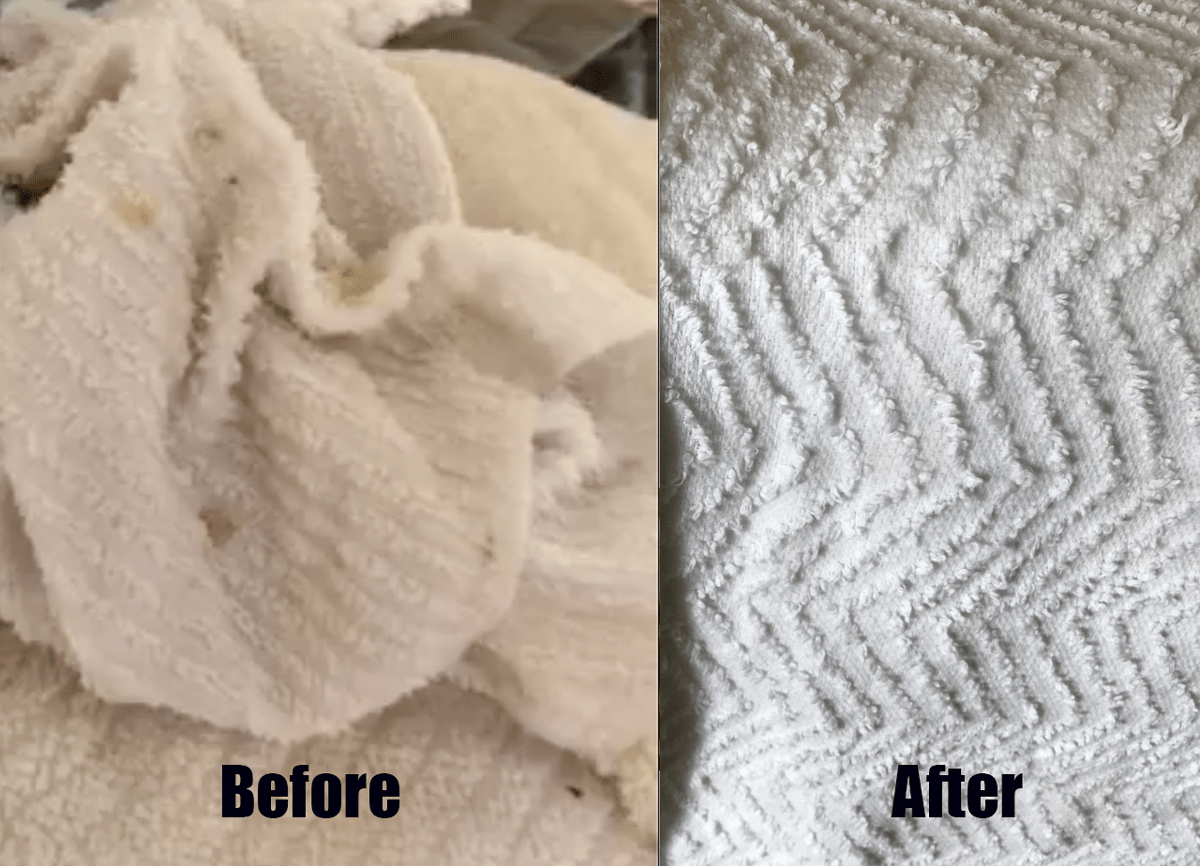
Types of Iron Stains
Different types of iron stains require varied approaches for effective treatment. Recognizing the specific type of stain helps tailor a more targeted cleaning strategy. Generally, iron stains fall into three categories: rust spots, iron marks, and overall yellowing of fabrics.
Rust spots are small brown or reddish stains, typically appearing as dots or specks on the fabric. These spots are usually the result of direct contact with rusted metal objects or surfaces. Iron marks, on the other hand, are larger, more pronounced stains that often follow the shape of an iron. These marks can occur when a rusty iron is used on the fabric, transferring rust particles in the process. Lastly, yellowing is a more diffuse form of staining that affects the entire fabric or large sections of it. This yellowing can result from prolonged exposure to iron in the water supply, causing a gradual accumulation of iron particles in the fabric.
Knowing these types also helps in selecting the right cleaning agents. For instance, rust spots might be most effectively treated with acidic solutions like lemon juice or vinegar, which can help dissolve rust particles. Iron marks might require a more abrasive approach, such as a paste made from baking soda and water. Yellowing might call for a more holistic treatment like soaking in a specialized iron-removing solution to lift the iron particles embedded in the fabric.
Understanding the types of iron stains present can significantly impact the effectiveness of the cleaning process. It allows for a more nuanced approach to removing stains and preventing future occurrences.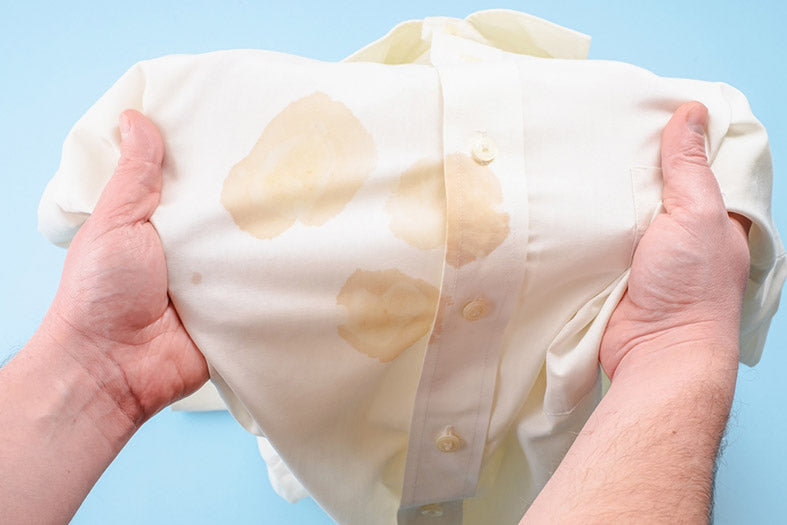
Preventing Iron Stains
Proper Maintenance of Irons
Good maintenance habits can go a long way toward preventing iron stains on clothes. Regular care and cleaning of irons are essential to avoid rusty marks and other related stains. Firstly, always make sure the iron’s soleplate is clean and free from rust. You can do this by wiping it down with a damp cloth and a bit of mild detergent. If you notice rust spots on the soleplate, use a mixture of baking soda and water to gently scrub them away.
Secondly, never leave water in the iron’s reservoir if it’s not in use. Standing water can lead to mineral buildup and eventually rust, which can transfer onto clothes during ironing. It’s advisable to use distilled water instead of tap water, as distilled water contains fewer minerals that could contribute to rust formation. Make it a point to empty the reservoir and allow the iron to dry thoroughly after each use.
Additionally, check the ironing board cover for signs of rust or wear and tear. A rusty ironing board can easily transfer particles onto clothes, leading to stains. Replace the ironing board cover if you notice any signs of rust or significant wear. Proper storage of the iron is also crucial; keep it in a dry, cool place to avoid rust formation due to moisture.
By adhering to these preventive measures, you can significantly reduce the risk of iron stains on clothes. Regular maintenance not only helps in preventing stains but also extends the lifespan of your iron, making it a worthwhile investment in the long run.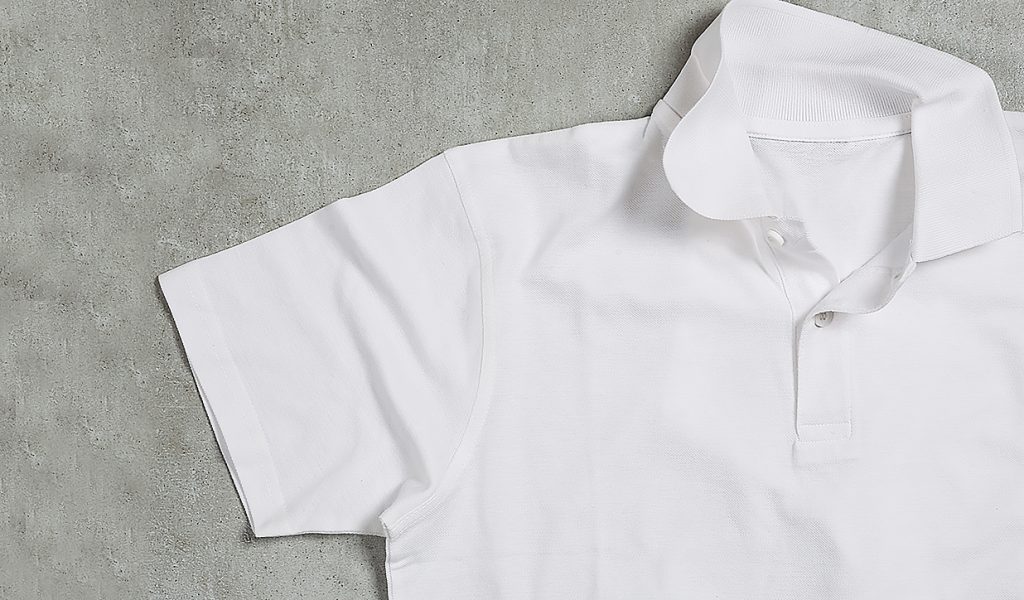
Selecting Iron-Free Detergents
Choosing the right detergent can make a significant difference in preventing iron stains on clothes. Not all detergents are created equal, and some can contribute to the problem. Detergents containing iron compounds or bleaching agents can react with iron particles in hard water, causing them to oxidize and form stains. Therefore, it’s essential to opt for iron-free detergents designed to work well with hard water.
Iron-free detergents are formulated to minimize the risk of iron stains. These detergents often contain water-softening agents that counteract the effects of hard water, preventing iron particles from settling into the fabric. They also avoid using chemicals that can react with iron, reducing the likelihood of stain formation. Look for detergents specifically labeled as “iron-free” or those designed for use in hard water conditions.
Moreover, using a water conditioner can further help. Adding a water conditioner to your laundry routine neutralizes the minerals in hard water, making detergents more effective and preventing iron particles from causing stains. Some water conditioners come as standalone products, while others are additives that can be mixed with your regular detergent.
Lastly, consider using a fabric softener that is compatible with iron-free detergents. Fabric softeners can add an extra layer of protection against iron stains by helping to reduce mineral buildup in the fabric. Always read the labels to ensure that the softener and detergent can be used together without causing adverse reactions.
By selecting the right iron-free detergents and incorporating water conditioners and compatible fabric softeners, you can effectively prevent iron stains on clothes. This proactive approach ensures that your laundry routine is both efficient and protective.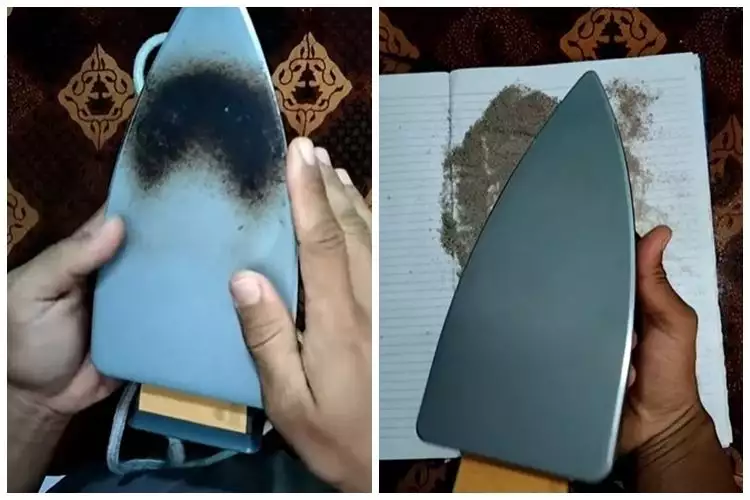
Removing Iron Stains
Home Remedies
When it comes to removing iron stains, several home remedies can be highly effective. These readily available solutions can tackle various types of stains, restoring your clothes to their original condition. One of the most popular remedies is lemon juice and salt. Simply squeeze fresh lemon juice onto the stain and sprinkle salt over it. Let it sit for about 30 minutes, then gently scrub the area before rinsing with cold water. This method leverages the acidic nature of lemon juice and the abrasiveness of salt to break down rust particles.
Another effective home remedy is a paste made from baking soda and water. Apply the paste to the stained area and gently scrub with a soft brush or cloth. Allow it to sit for 15-20 minutes before rinsing thoroughly with cold water. Baking soda’s mild abrasiveness helps lift iron particles from the fabric. For more stubborn stains, consider using white vinegar. Soak a clean cloth in white vinegar and dab it onto the stain, letting it sit for 10-15 minutes before rinsing. Vinegar’s acidic properties can dissolve rust particles, making them easier to remove.
Hydrogen peroxide combined with cream of tartar can also work wonders. Create a paste using these two ingredients and apply it to the stain. Let it sit for about 30 minutes, then rinse thoroughly. Hydrogen peroxide’s bleaching properties, combined with the mild abrasiveness of cream of tartar, help break down and lift stubborn stains.
These home remedies provide practical solutions for removing iron stains without the need for specialized cleaning agents. By utilizing readily available household items, you can effectively tackle iron stains and restore the appearance of your clothes.
Commercial Solutions
While home remedies are often effective for many iron stains, some situations may require commercial solutions. Professional cleaning products are designed to tackle tougher stains, offering a more specialized approach. For instance, there are commercial rust removers specifically formulated for fabrics. These products contain powerful ingredients that break down and lift iron particles from the fabric. When using such products, always follow the manufacturer’s instructions to avoid damaging the fabric.
Another commercial solution is the use of fabric-safe rust removers. These products are gentle on fabrics but tough on rust stains. They work by penetrating the fabric and targeting the iron particles, effectively breaking them down. Fabric-safe rust removers are an excellent choice for delicate fabrics that cannot withstand the abrasiveness of home remedies.
Dry cleaning is another viable option for removing iron stains, especially from delicate or heavily stained garments. Professional dry cleaners use specialized solvents and techniques that are highly effective at removing stubborn stains without damaging the fabric. If you’re dealing with a particularly stubborn stain or a valuable garment, dry cleaning can be a worthwhile investment.
Additionally, some laundry services offer professional stain removal treatments. These services are equipped with advanced tools and cleaning agents that target specific types of stains, including iron. Professional stain removal services provide a convenient and effective solution for tackling tough stains that resist other treatments.
By considering commercial solutions, you can effectively address even the most stubborn iron stains. These products and services offer specialized approaches that ensure your garments are restored to their original condition, making them a valuable addition to your stain-removal toolkit.
Conclusion
Iron stains on clothes can be a frustrating and persistent issue, but understanding their causes, prevention methods, and removal techniques offers practical solutions. By recognizing the different types of iron stains and the factors that contribute to their formation, individuals can take proactive measures to prevent and treat these marks. Proper maintenance of irons, selecting iron-free detergents, and incorporating water conditioners into the laundry routine are effective strategies for preventing iron stains.
When stains do occur, readily available home remedies such as lemon juice and salt, baking soda paste, and vinegar can be highly effective. For more stubborn stains, commercial solutions like fabric-safe rust removers and professional cleaning services provide targeted approaches that ensure the best results. By combining prevention and effective treatment methods, individuals can maintain stain-free clothes and ensure their garments remain in pristine condition.
Understanding and addressing iron stains on clothes leads to a more effective and efficient laundry routine. Employing both preventive measures and appropriate treatment techniques ensures that clothes are not only clean but also free from unsightly stains. By taking a proactive approach, individuals can confidently tackle iron stains and enjoy the peace of mind that comes with well-maintained garments.

